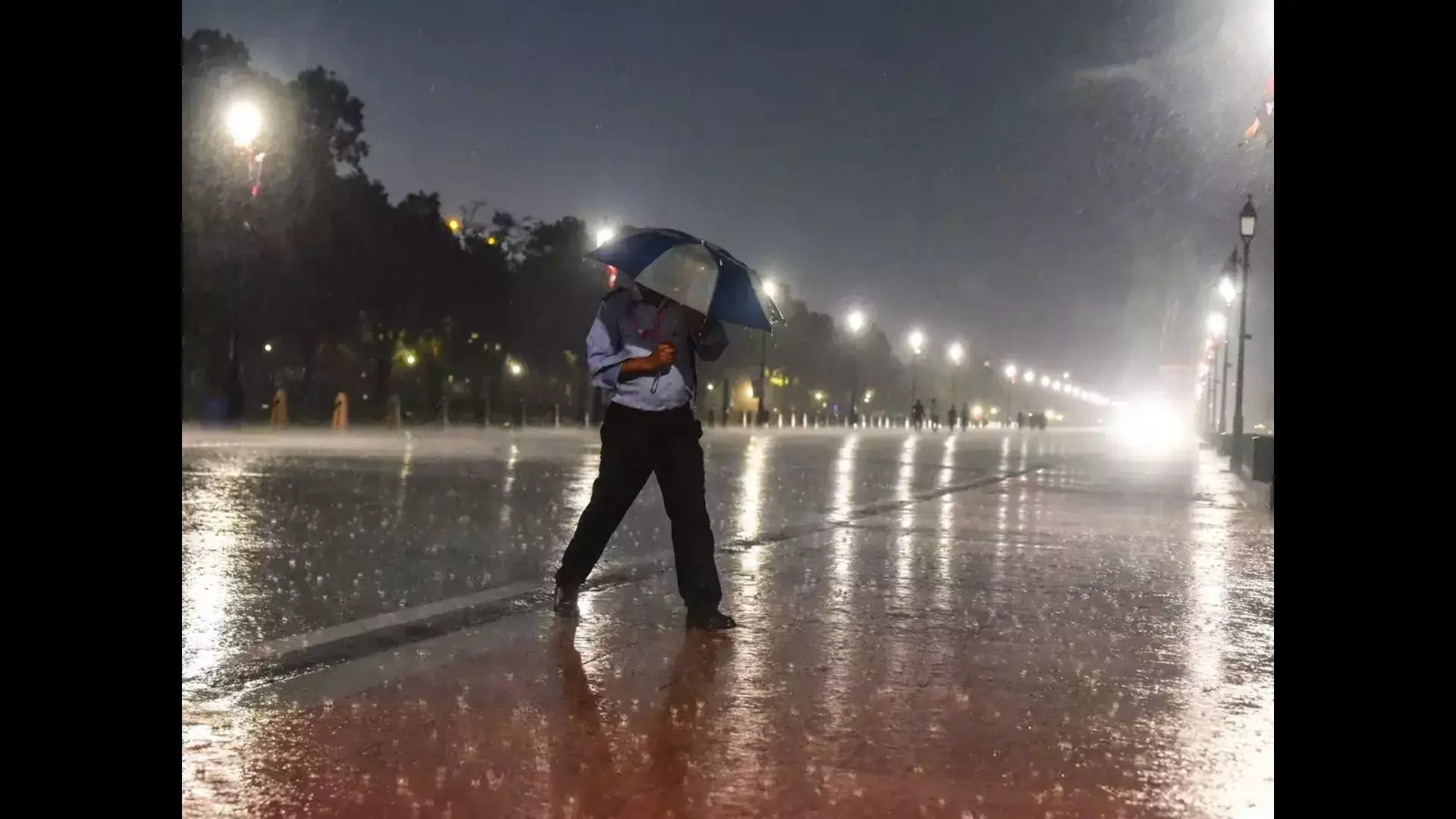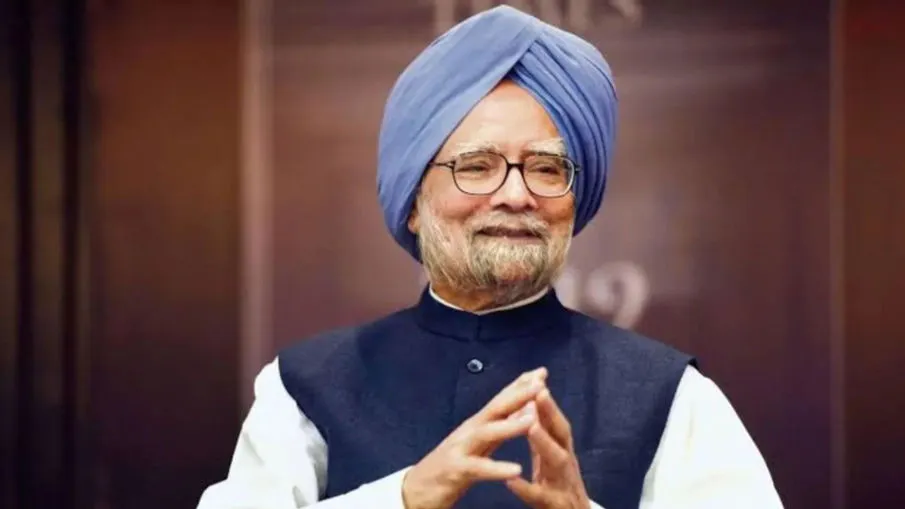The sea is the life source of our planet. Life thrives because it is sustained by the benevolent water cycle that year after year replenishes the aquifers. Thus, leaving flora and fauna to grow to their potential. Not only has the ocean sustained our biodiversity but it has also played a major role in charting the planet’s economic, political and cultural history. On this world maritime day, I would like to narrate a few events in history where the sea played an important role in shaping the world as it is today.
 Figure 1: Fustat print of Indian origin. Source Wikicommons
Figure 1: Fustat print of Indian origin. Source Wikicommons Figure 2: Theri Sanghamitta with the Bodhi tree sapling. Source: Dhamma Wiki
Figure 2: Theri Sanghamitta with the Bodhi tree sapling. Source: Dhamma Wiki
Around 80 million years ago the loose landmass, an Island in the vast ocean moved towards the Eurasian continent. It clashed with the latter to form the most distinctive geographies in the history of the earth. To the north the impregnable Himalayas to the south the deep blue Indian Ocean. This was India, the land we call home. Even though its distinctive geography made India secluded from the rest of the world; it did not preclude interaction with other cultures of the globe. With this historical collision, India performed its first maritime journey a few million years ago. The Lofty Mountains of the Himalayas obstructed the moist monsoon winds from the south and freezing blizzards from the north. Thus creating an ideal situation for perennially flowing rivers and streams, which make this subcontinent rich in biodiversity. Alongside these rivers humans made their settlements and agriculture boomed in the early chalcolithic period.
Similarly, with the agricultural boom coupled with urbanization, Trade started flourishing and the goods produced in the subcontinent found markets in faraway places. Indian cloth, livestock and jewelry were in great demand in chalcolithic Mesopotamia. Fleets of ships laden with such merchandise set sail for the urban centers of Sumeria and Babylon from nascent ports of the Harappans. Possessing commodities of Indian origin became a status symbol for the elite of Mesopotamian society and with this India impacted the elite culture of another urban center for the first time through the medium of the sea. Vanity ware from India was constantly in demand in markets of Egypt and Rome. As recently archaeologists have discovered cloth of Indian vintage in the ancient city of Fustat, Egypt. The fabrics found were printed in vibrant colours and embellished with floral and geometric motifs. These pieces of fabric are dated to the 13th century with Gujarat believed to be the place of its production. Indian cloth continued to be in demand until the colonial era when looms were laid waste due to the reckless policies of the colonial state.
Millennia later after the demise of the Harappan Culture, the sea again became a catalyst. This time it impacted the culinary culture of another civilization – it was the mighty Roman Empire. Long before pepper was available to the west the Romans subsisted on bland and frugal foods with not many tongue titillating flavours. Titus Maccius Plautus, in one of his plays, depicts the Romans as bland pottage eaters as compared to their cultured European counterparts- Greeks, who were idolized by the Romans for their refined taste and demeanor.
At the same time, Roman food got a new lease of life when pepper was introduced into the diet of the patrician Roman classes. Foods in the kitchen, of those who were wealthy would hereafter not suffer an unpalatable meal for the want of seasonings. And with a dab of pepper, food could taste better and would preserve well all throughout the year even in times of the frigid winters. Soon Rome started importing piles of pepper corn from the sole pepper producing region of Malabar on the western coast of India. The craze for pepper reached such feverish heights that gold was exchanged in lieu for pepper, so much so that Pliny the younger lamented this trade imbalance which cost Rome 100 million sesterces annually. To add to this tizzy a direct route to India was also discovered, so that there was no delay in supply of spices et al from the markets in India to the tables of the Romans. And the craze of pepper did not stop just there; it became a valid currency in Rome with Caesar storing vast amounts of Pepper unused in the Roman treasury. On the day Alaric the Hun invaded Rome, he was assuaged by the Romans who paid him Three thousand pounds of pepper in ransom. Just when seas catalyzed change in the material needs of mankind, it also played a dynamic role in elevating their spiritual consciousness.
Long time ago when religious missions were not a common spectacle Ashoka the Emperor of India sent a mission of Buddhist monks by Ship to Sri Lanka for the spread of Buddhism. The mission was headed by his daughter Theri Sanghamitta. The convoy of monks also carried a sapling of the sacred Bodhi tree which would two thousand years later be the parent tree from which a branch was cultivated and sent to Bodh Gaya. Besides Buddhism the sea has also helped in transporting Shaivism to the islands of Southeast Asia. As per the history of the people of Cambodia and Vietnam their cultural history starts from the union of an Indian merchant named Kaundinya and a local princess named Soma. The Duo is said to have fostered the Cultural and Ethnic identity of the region. Kaundinya is said to have adhered to the tenets of Shaivism. For a very long period, Southeast Asia was predominantly Shaiva before Buddhism began to replace it during the reign of Jayavarman VII.
The history of the world as we know it today was greatly shaped by the seas. How we eat, how we dress and how we pray has all been facilitated by the vast blue water. On this National Maritime Day, let us bear gratitude to the oceans that are the center of the global economy, culture and politics and how the sea helped India to be transported through its Fashion, Food and Religions.
The Author is Senior Research Associate, Maritime History Society.




















